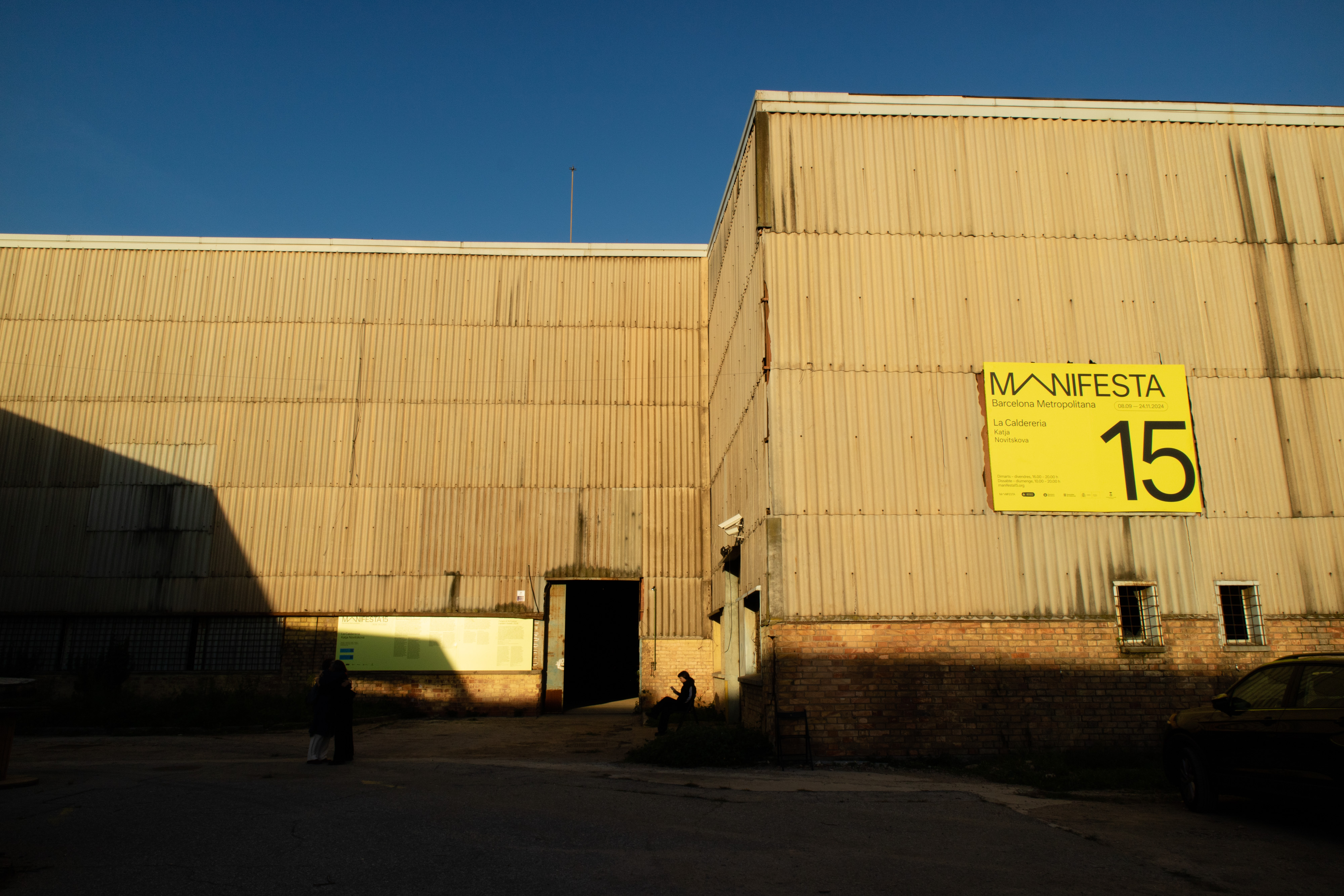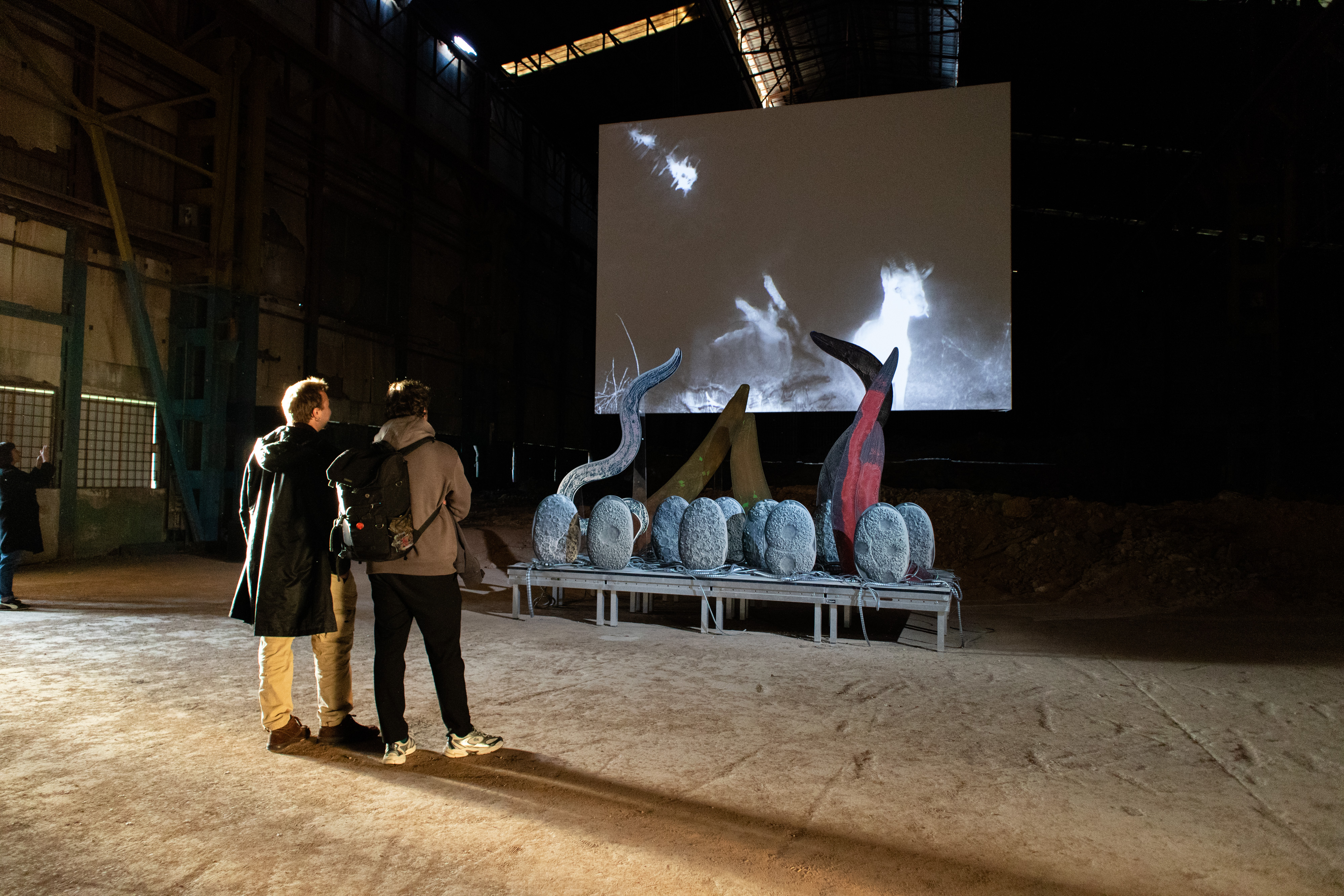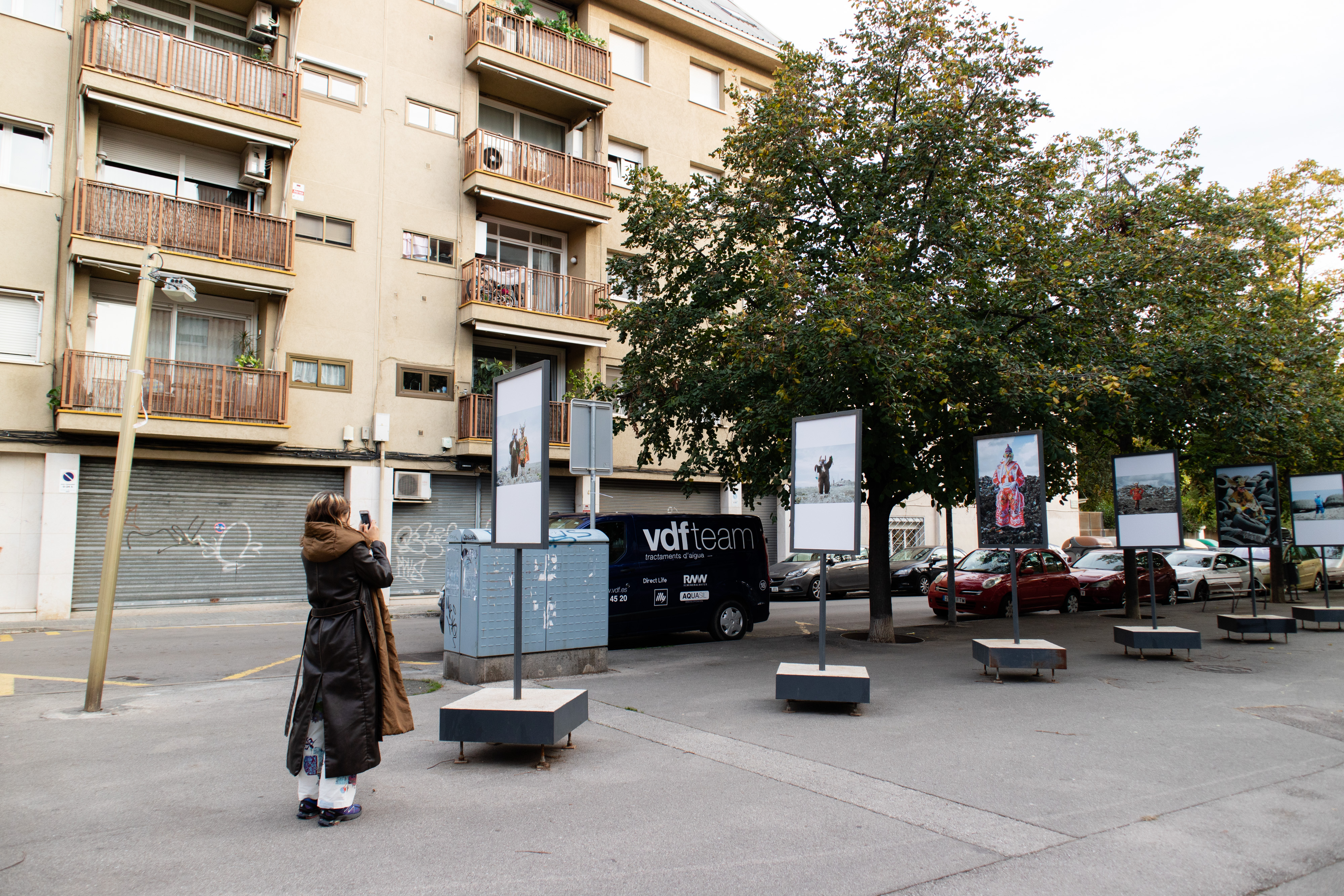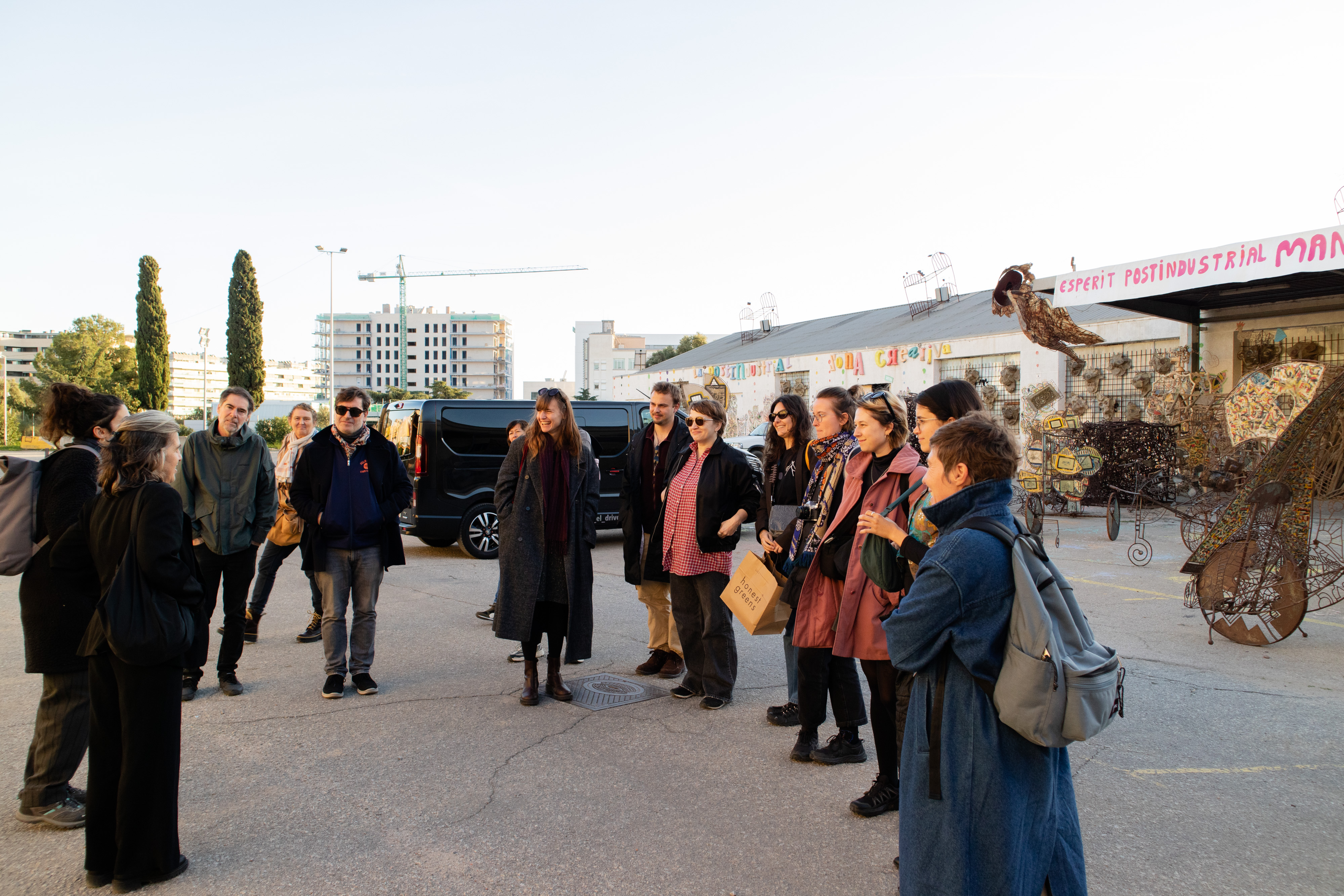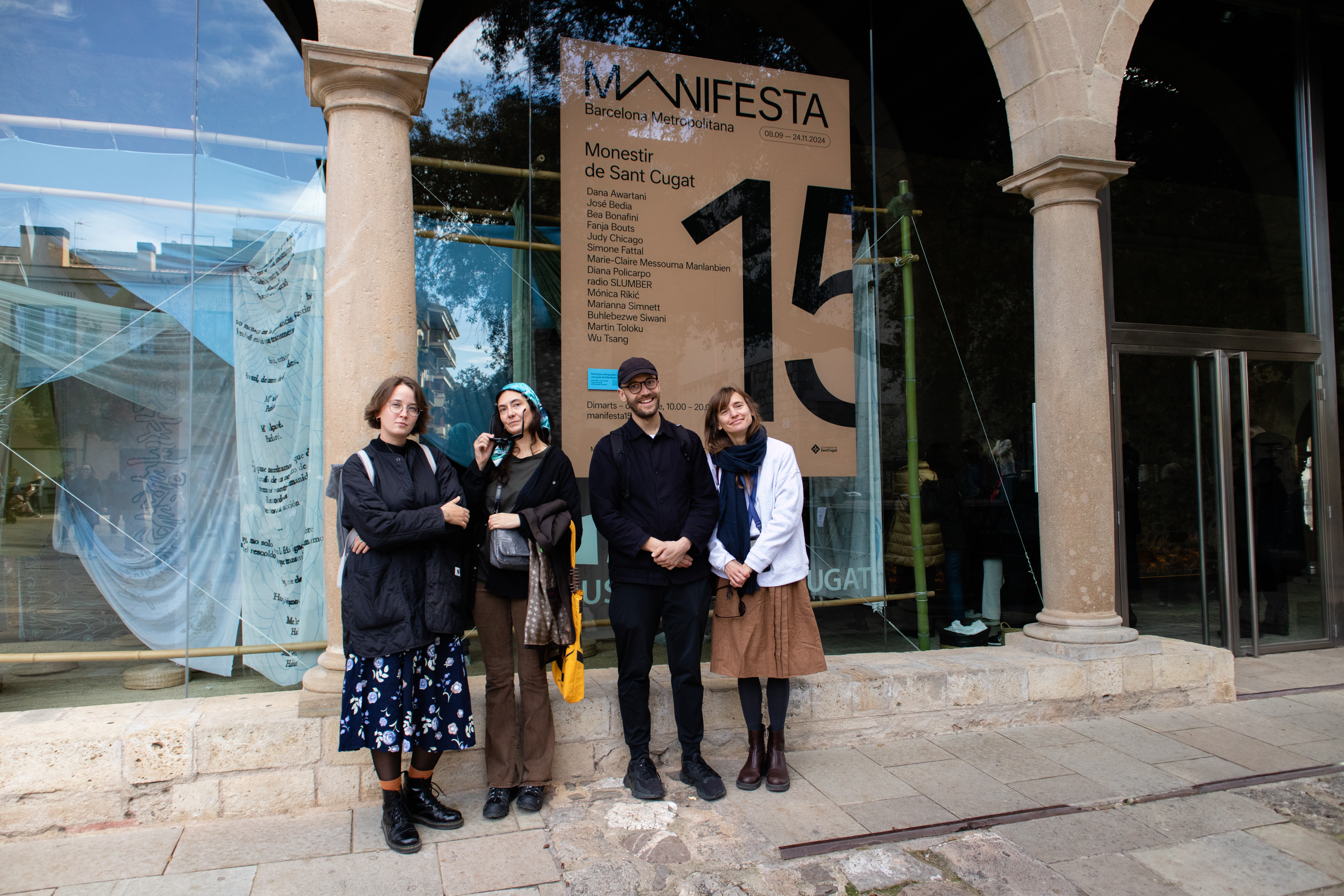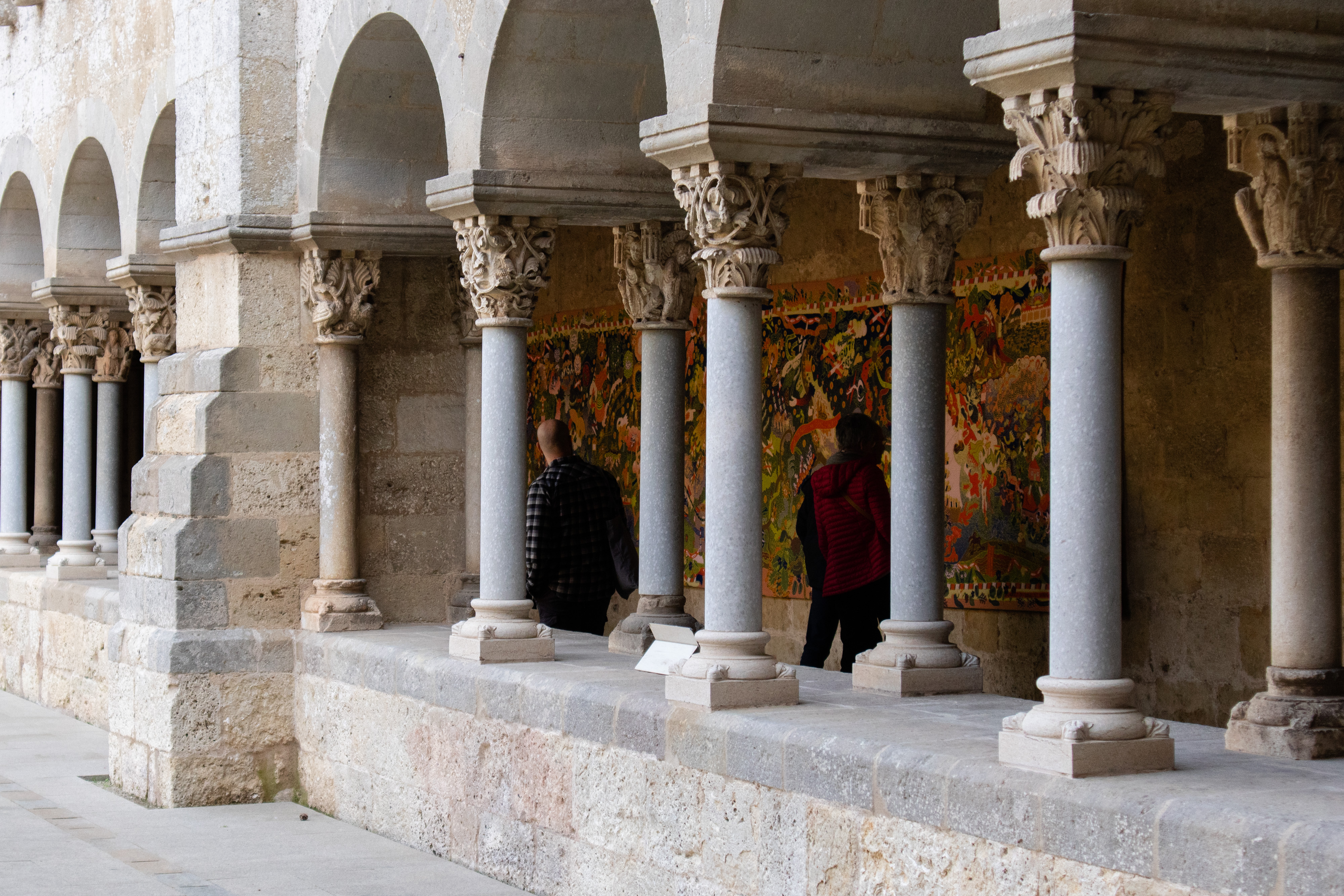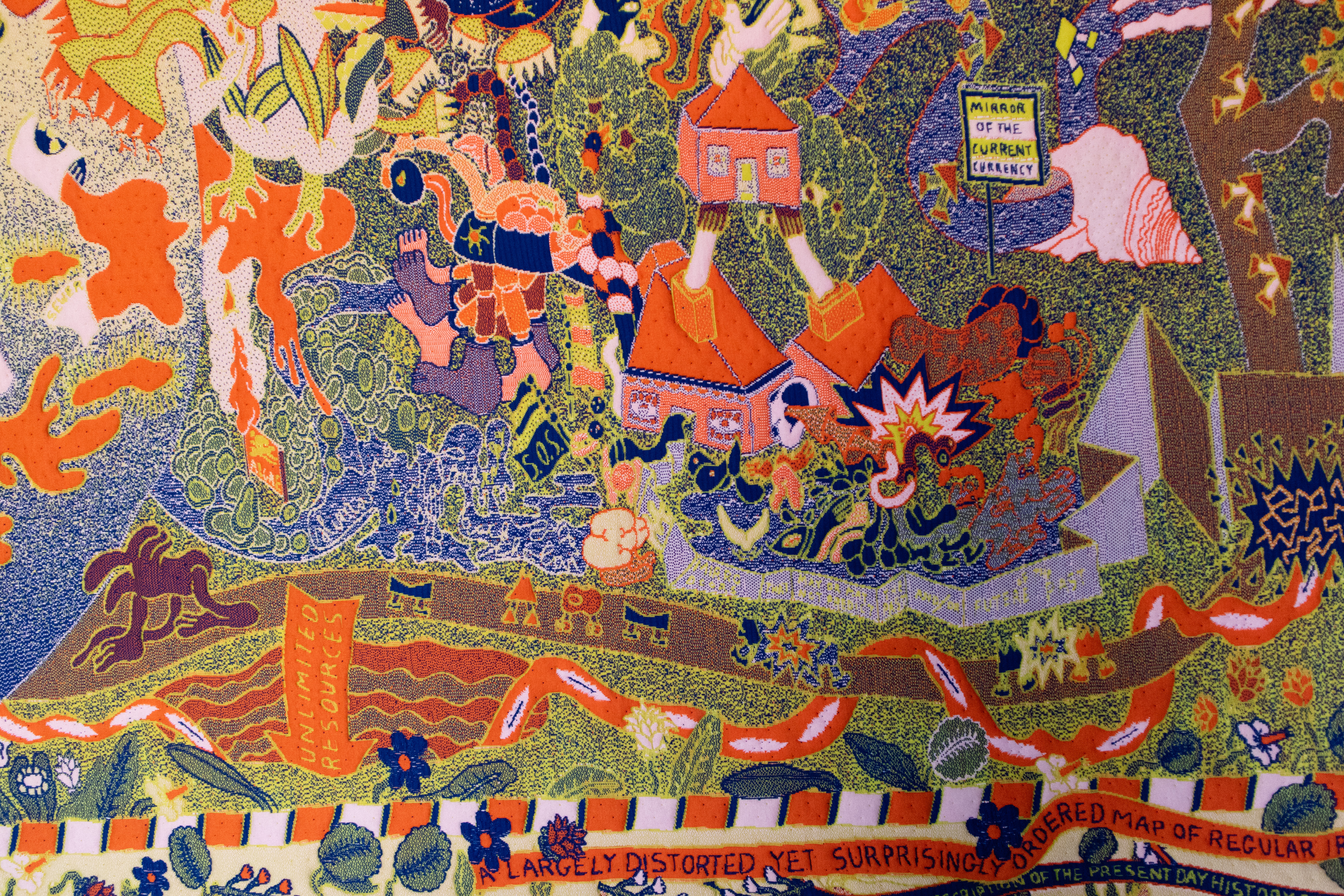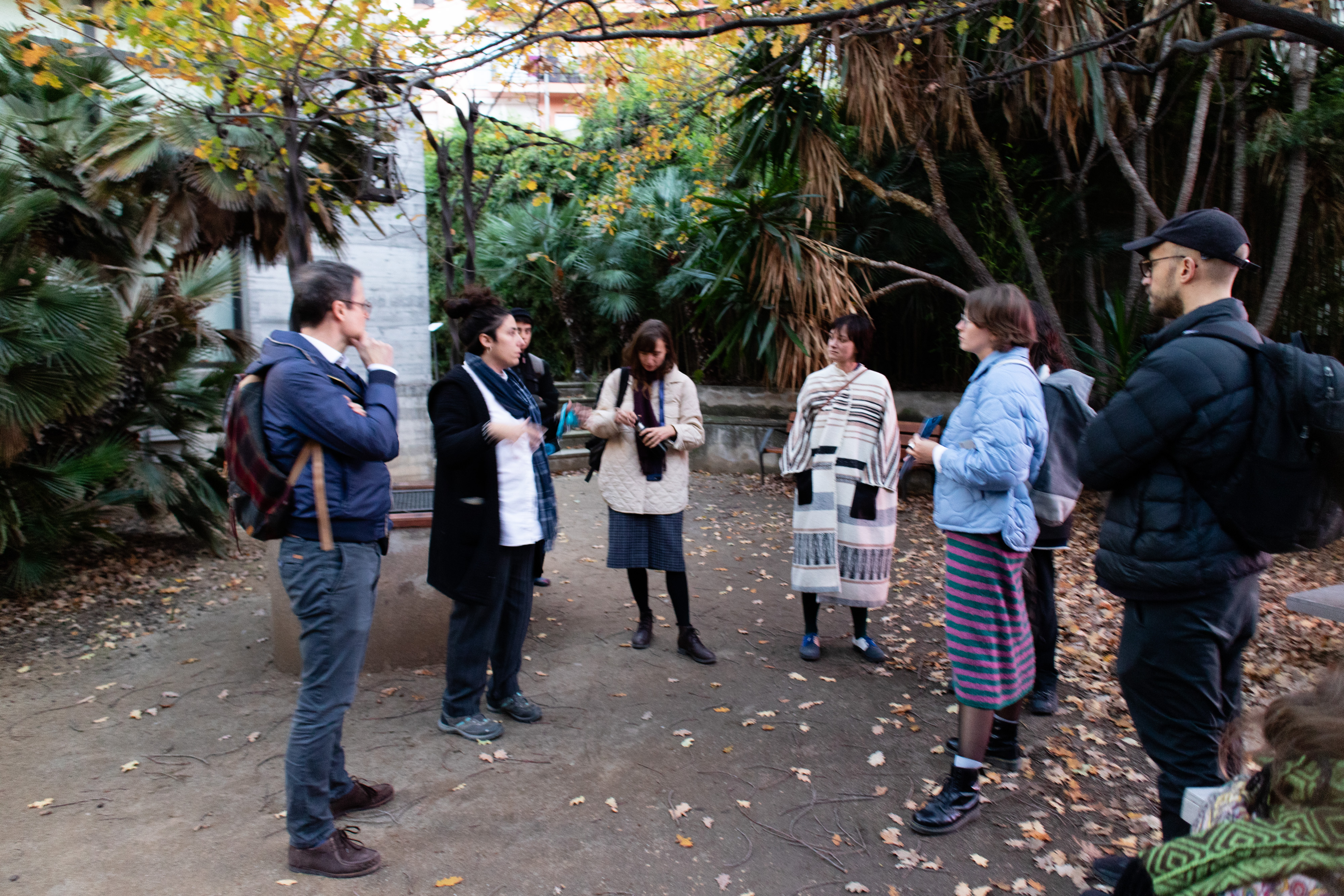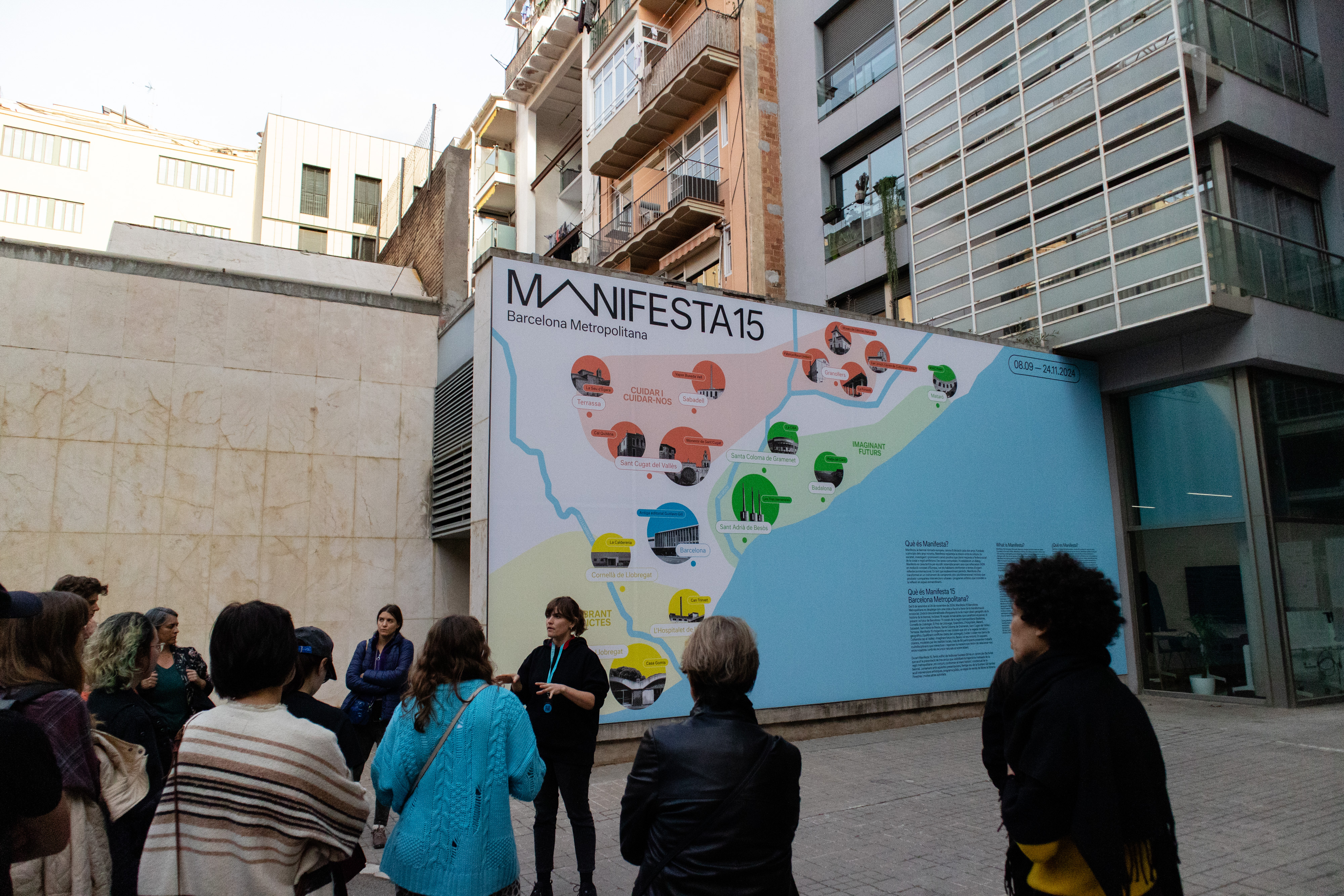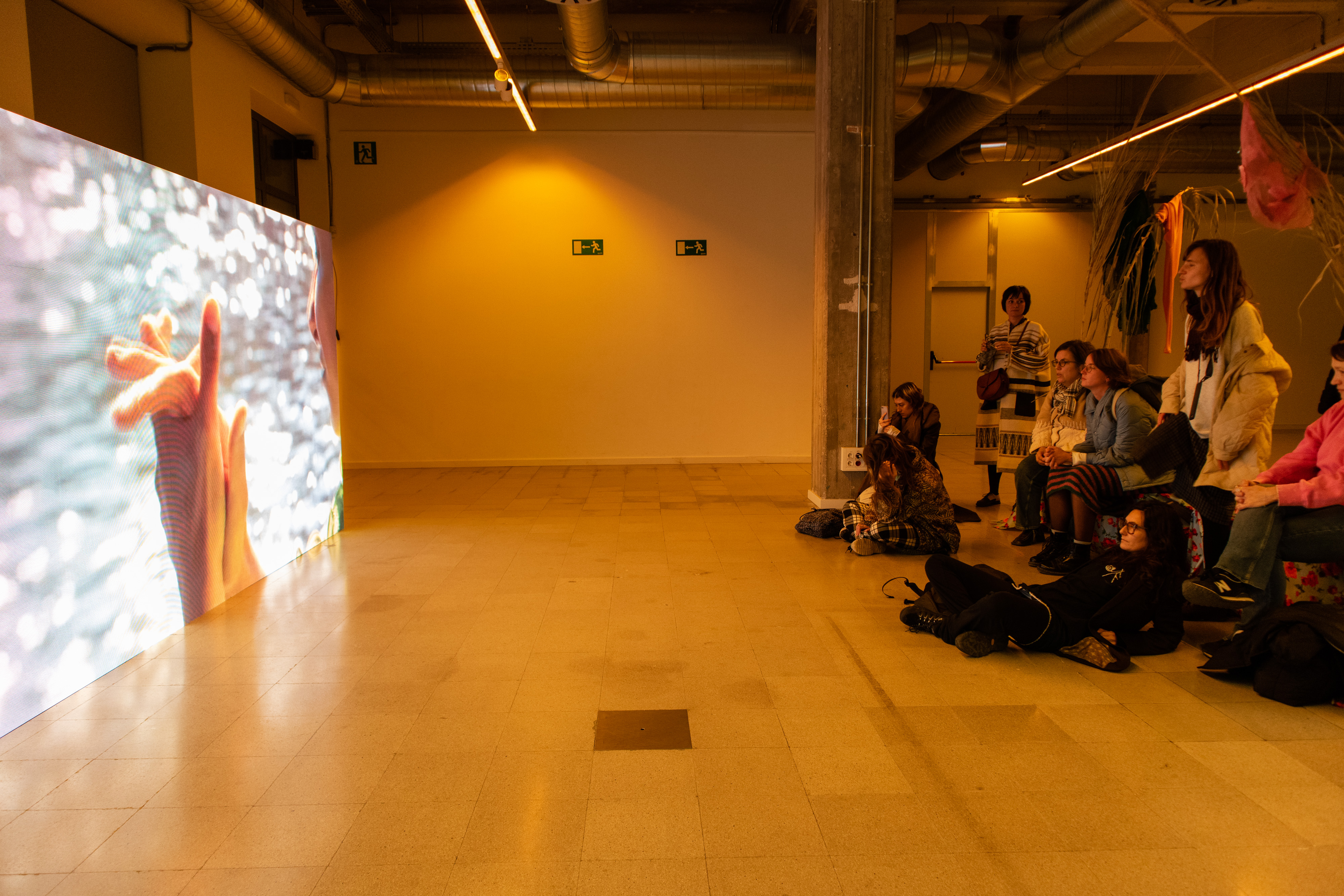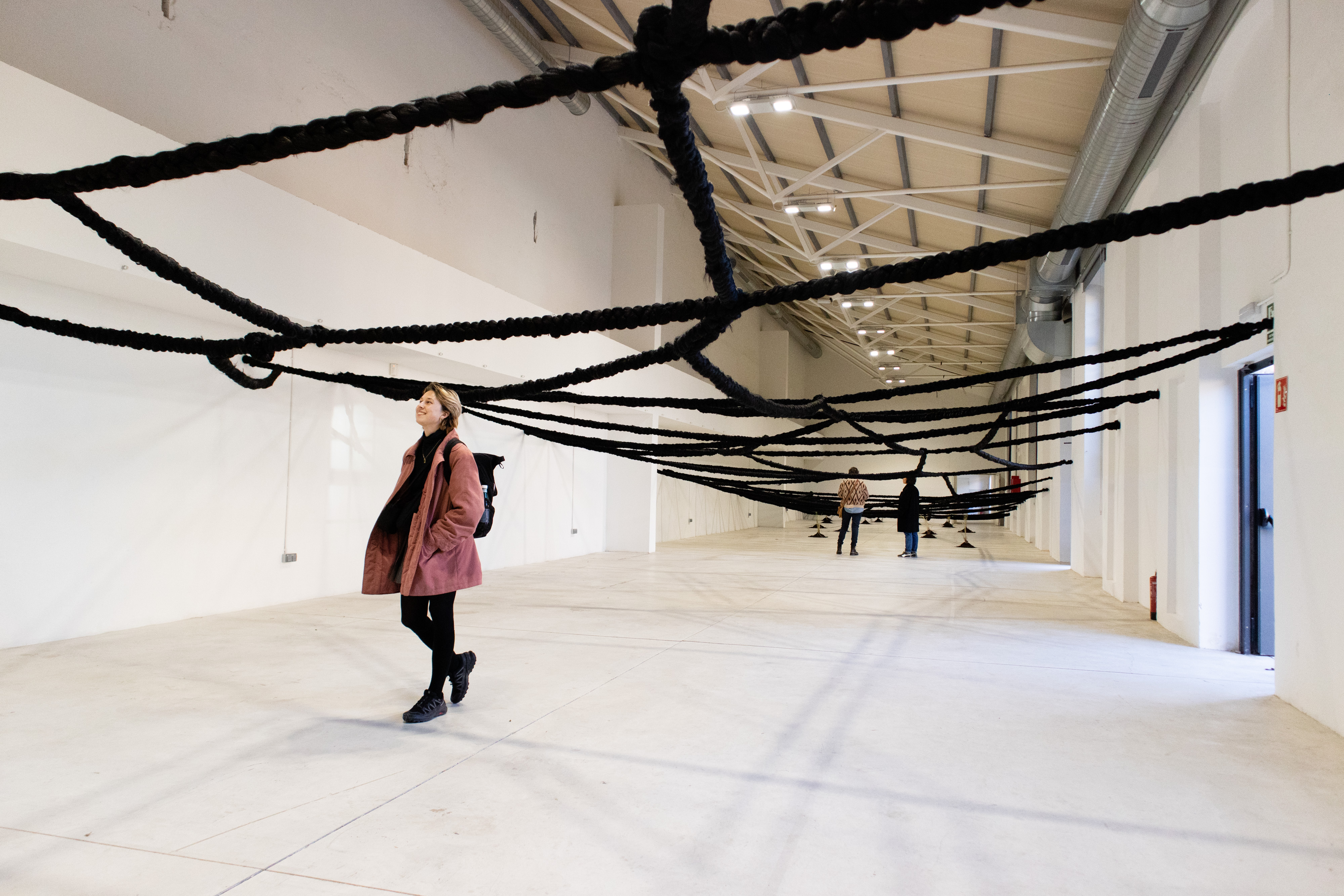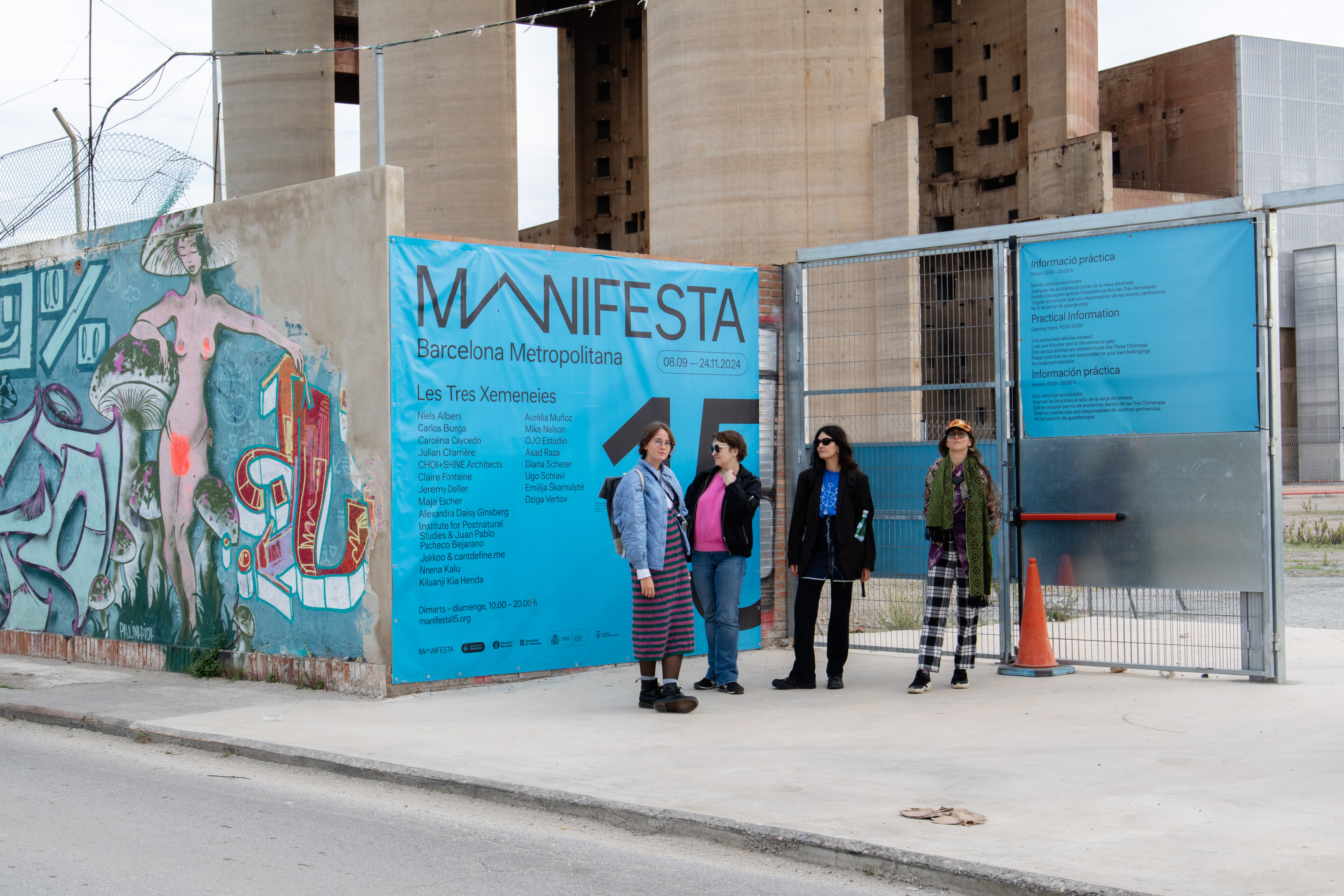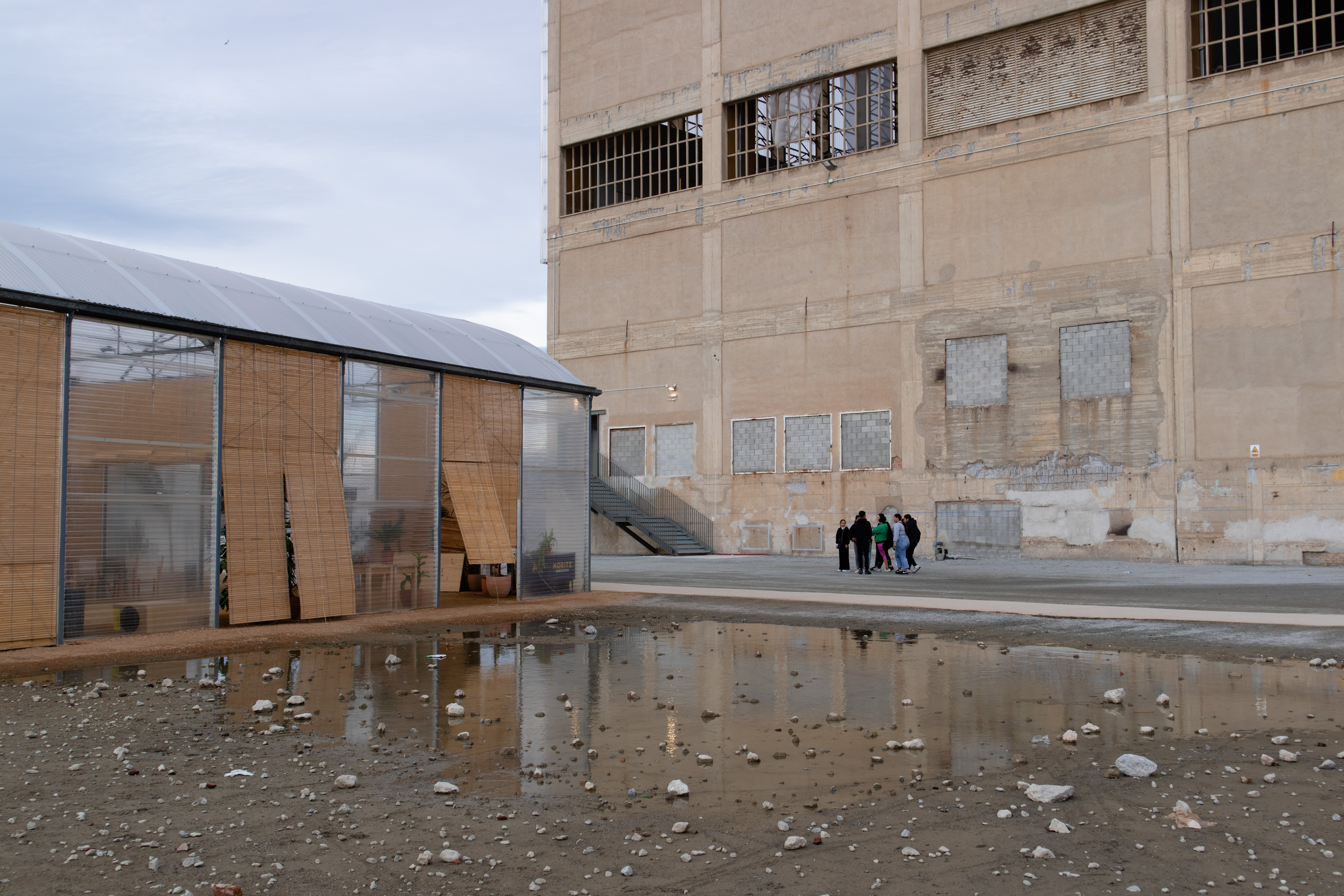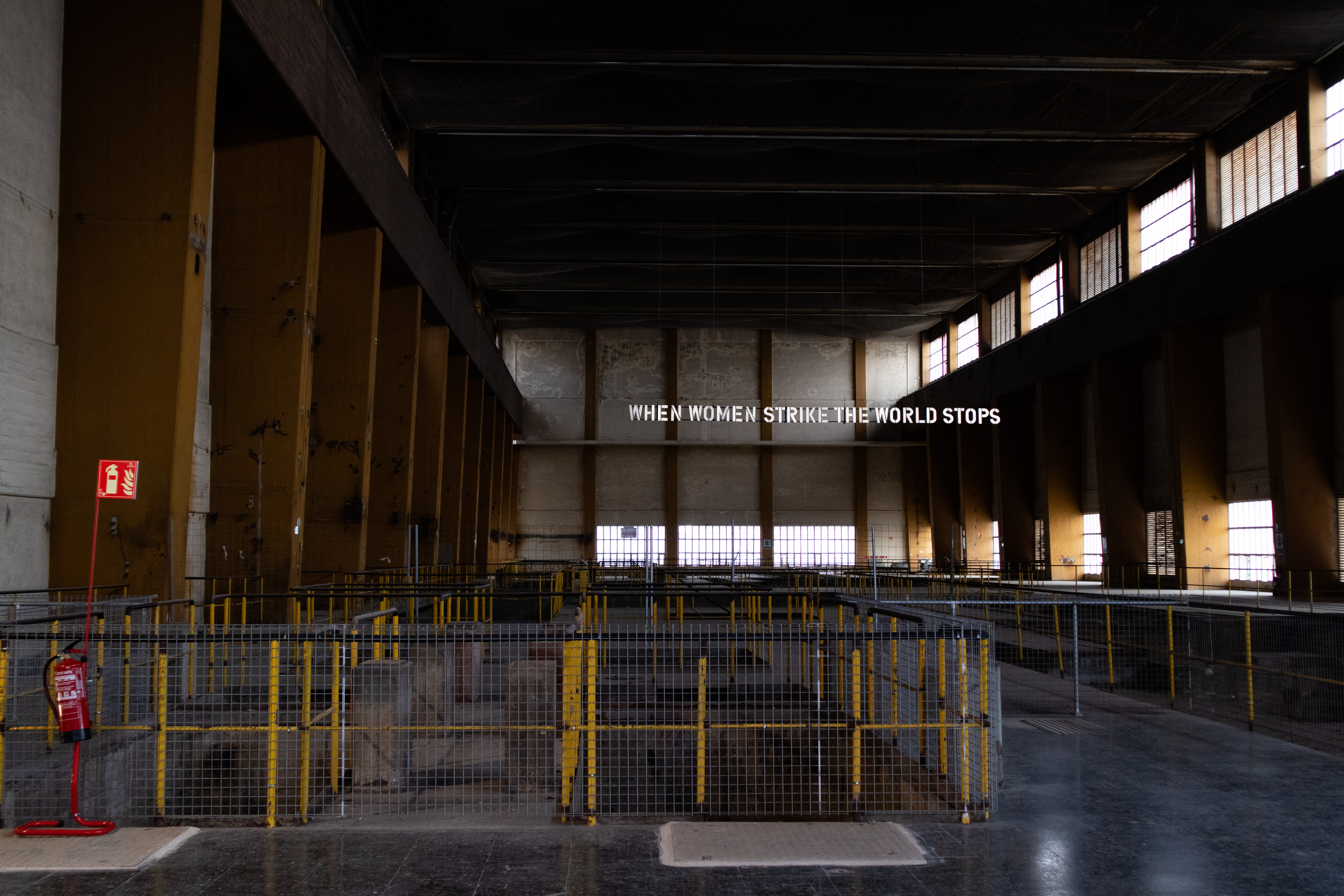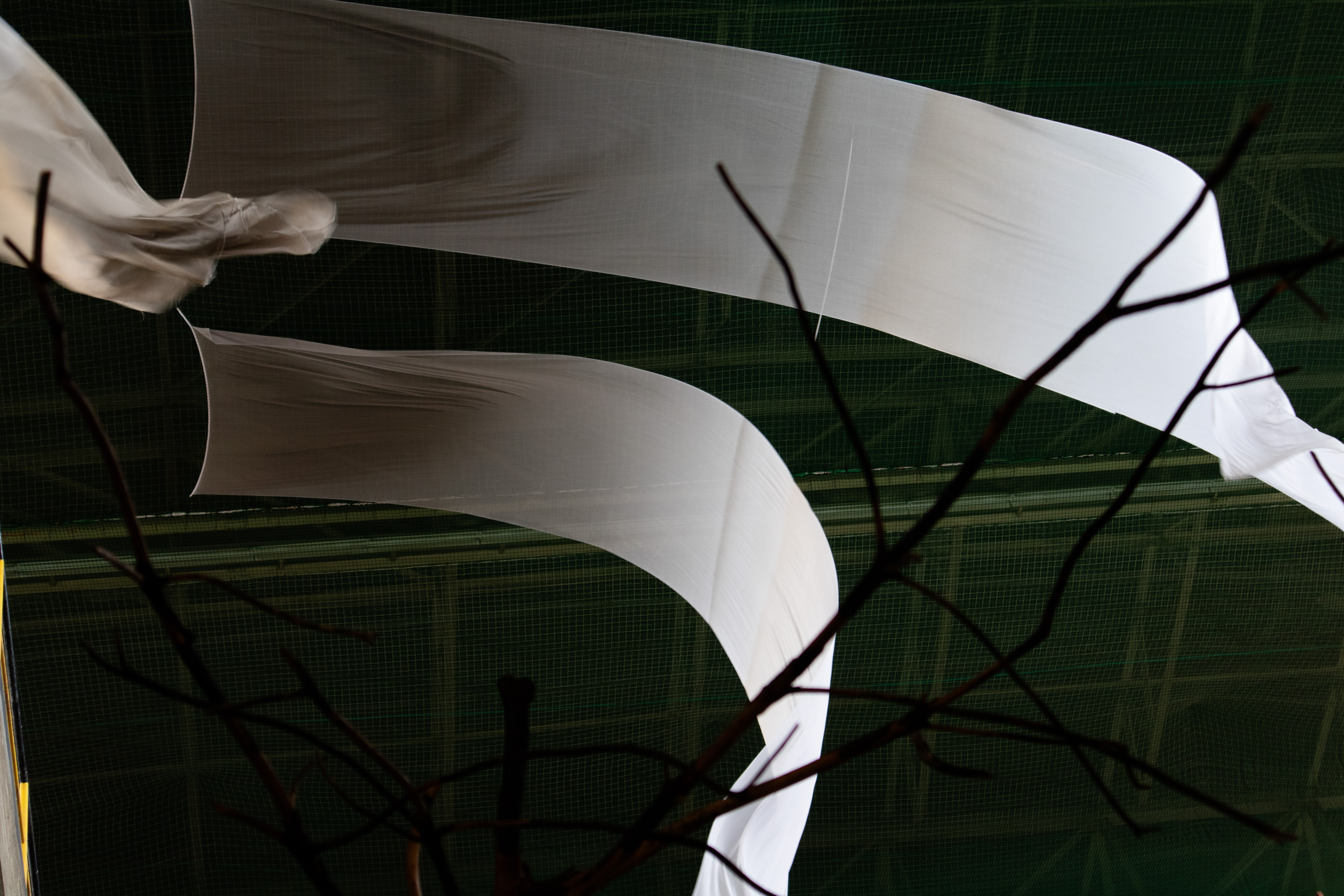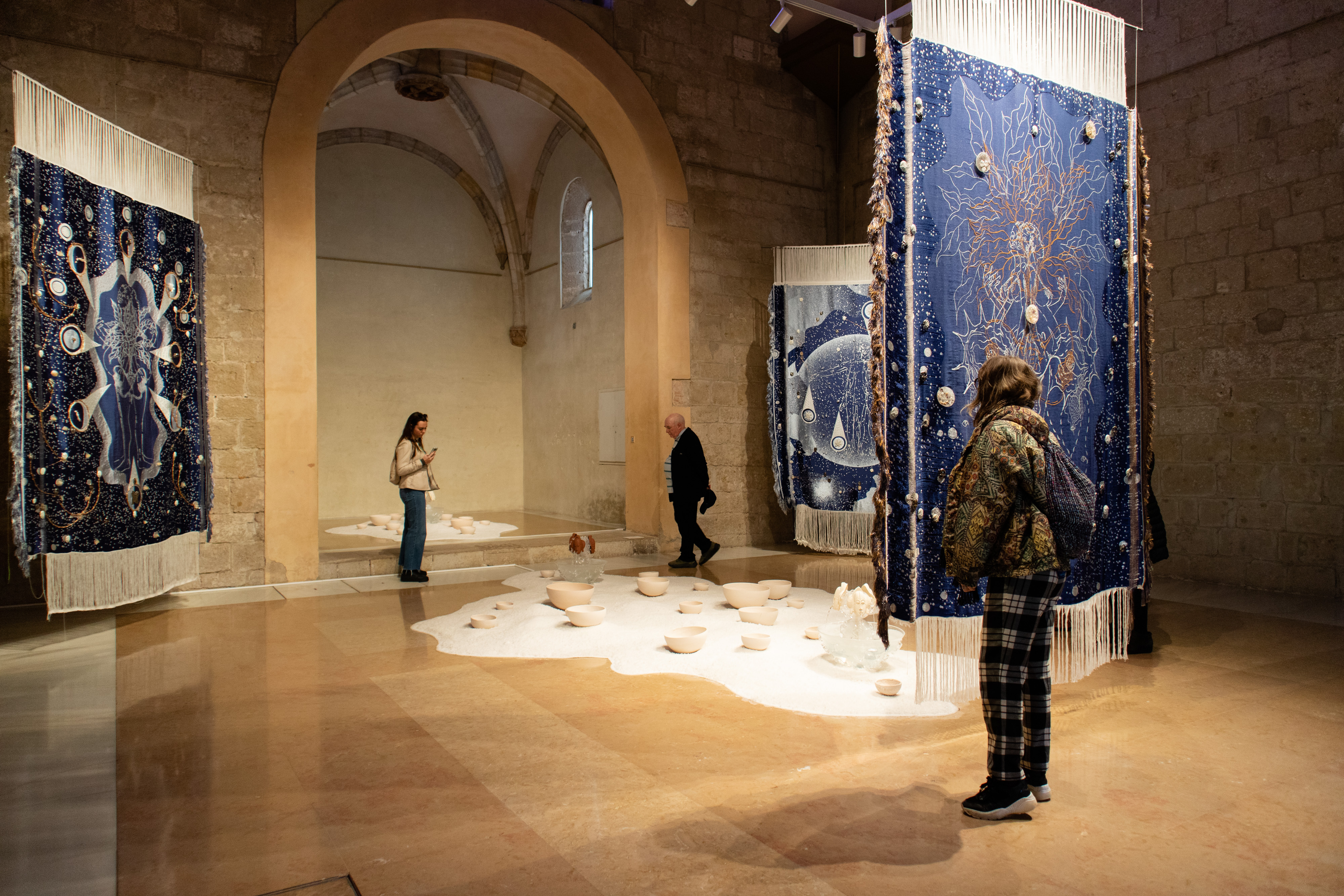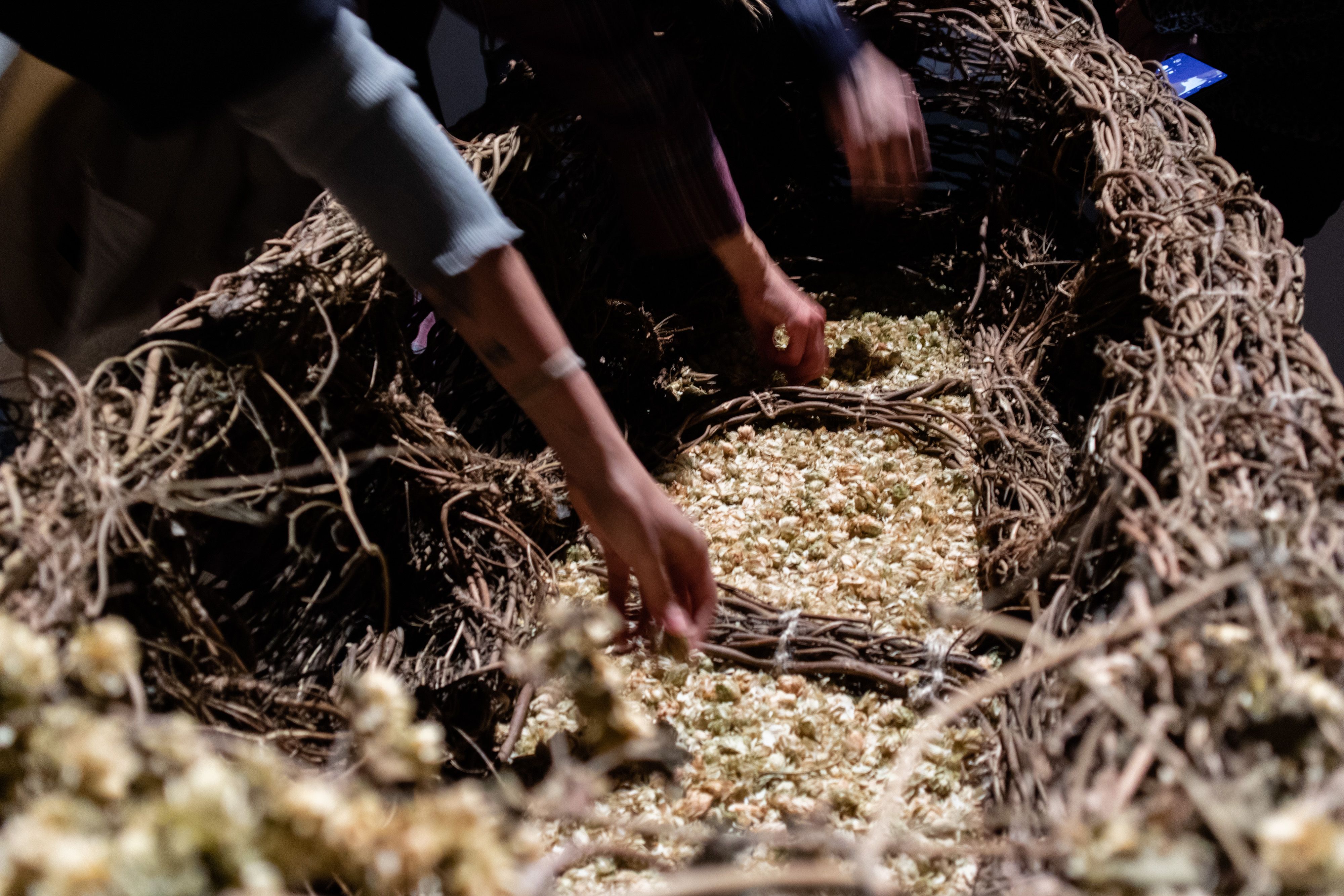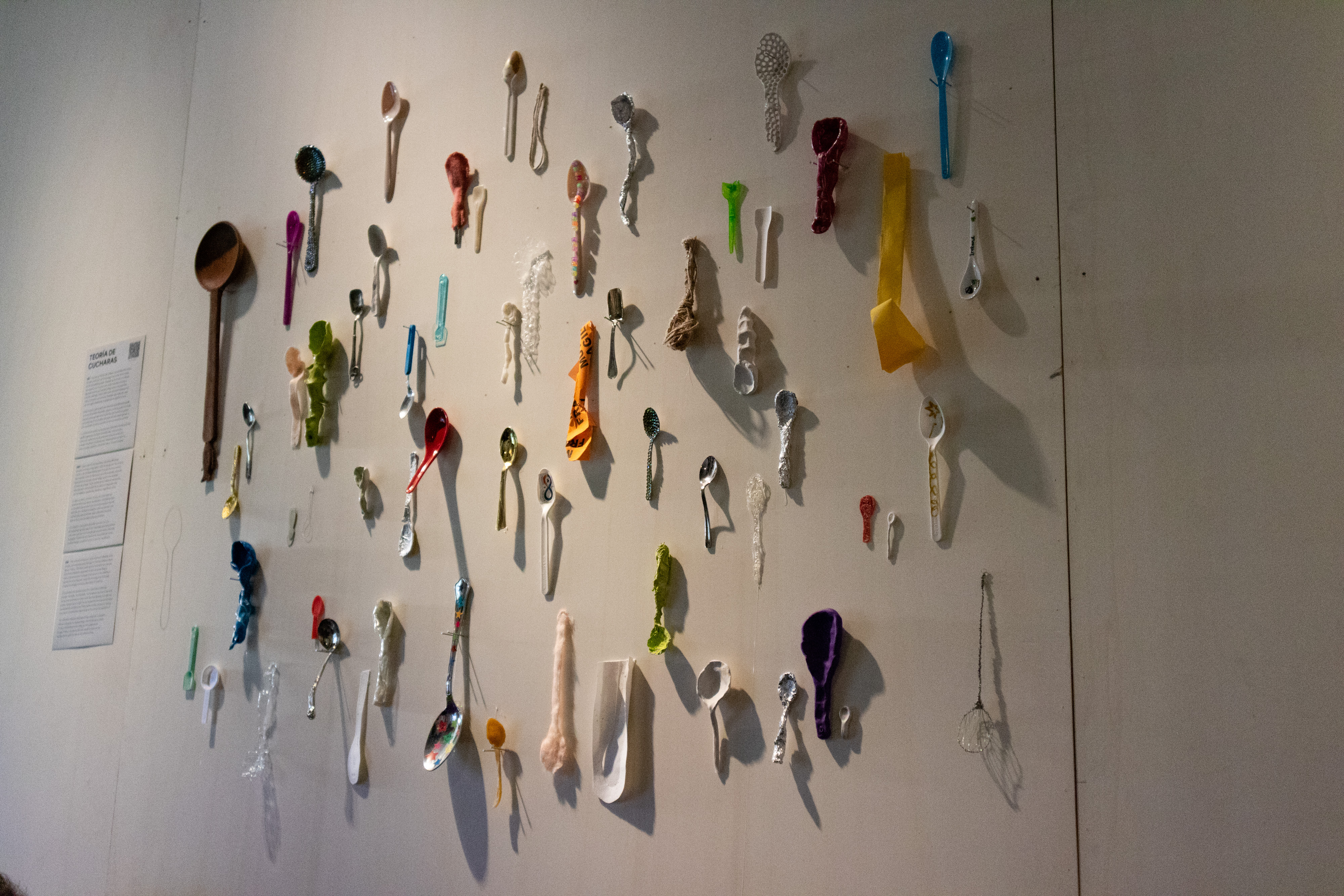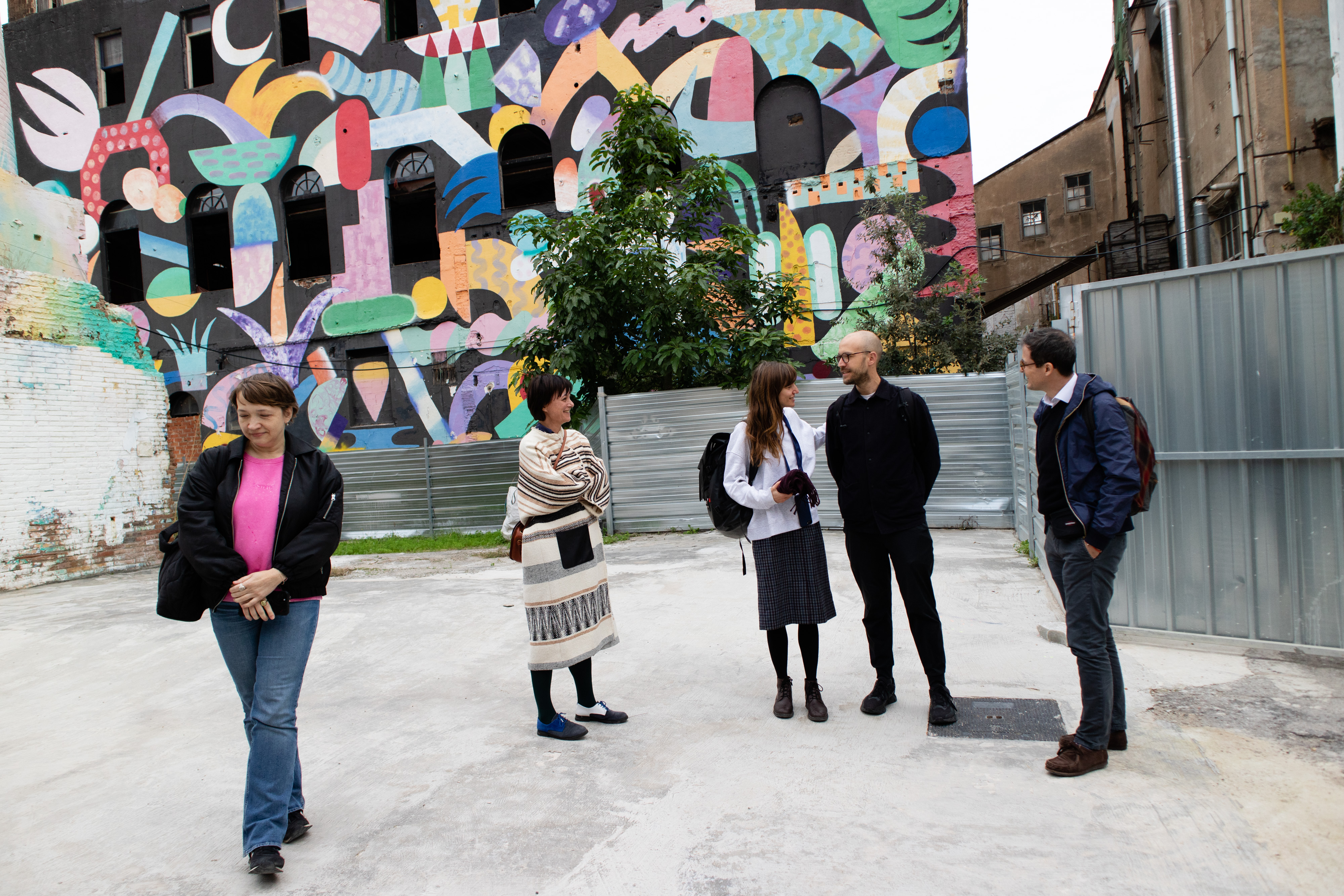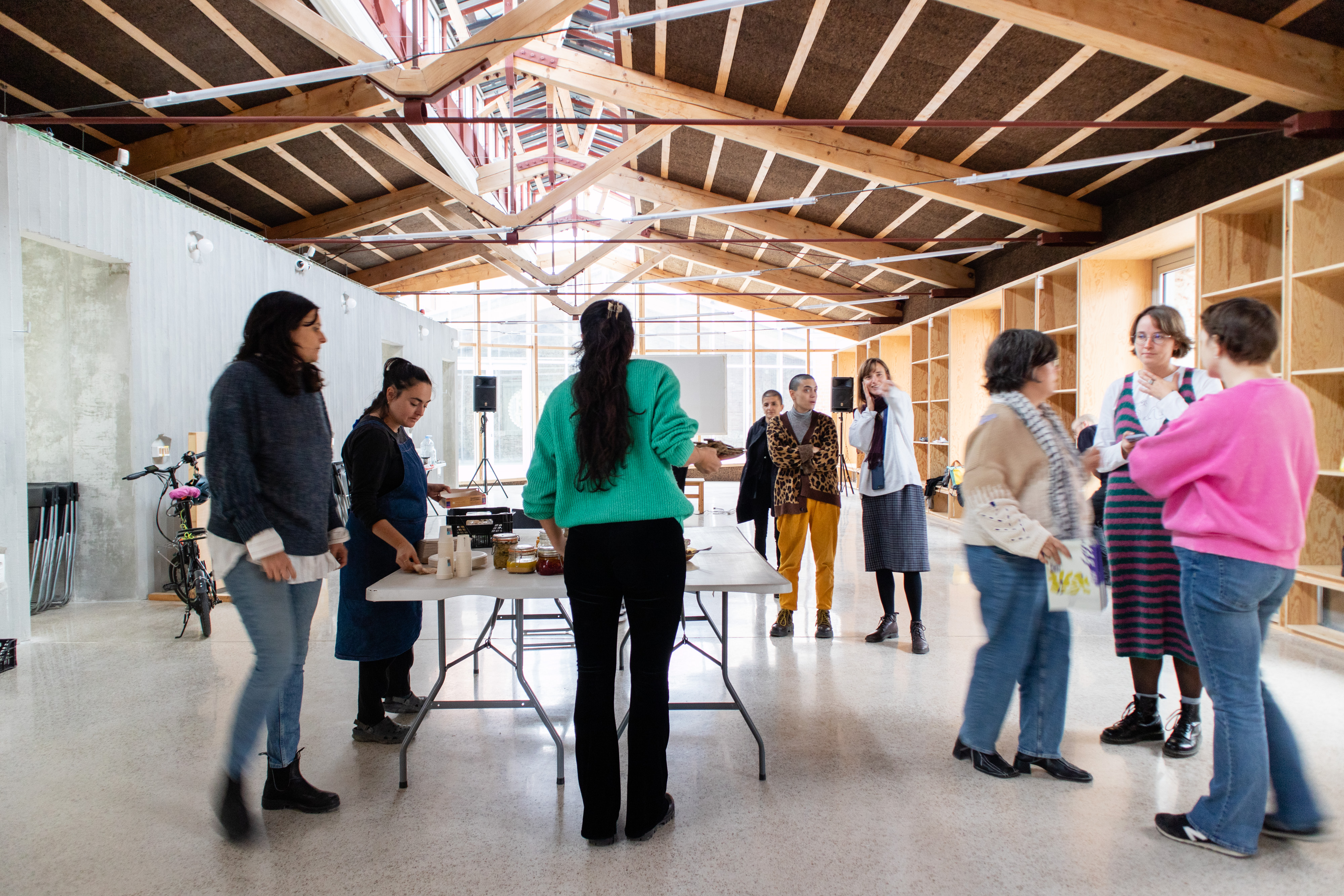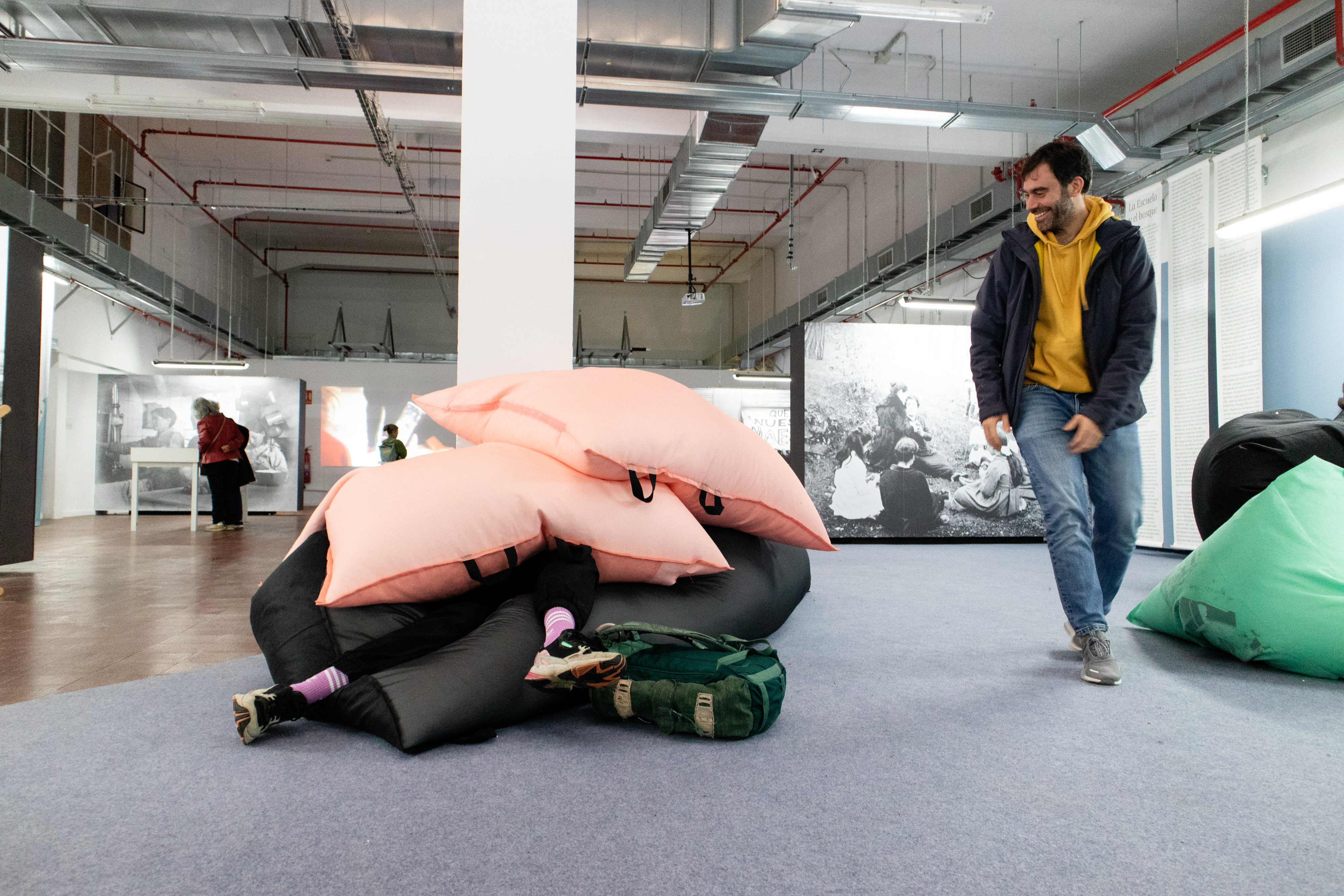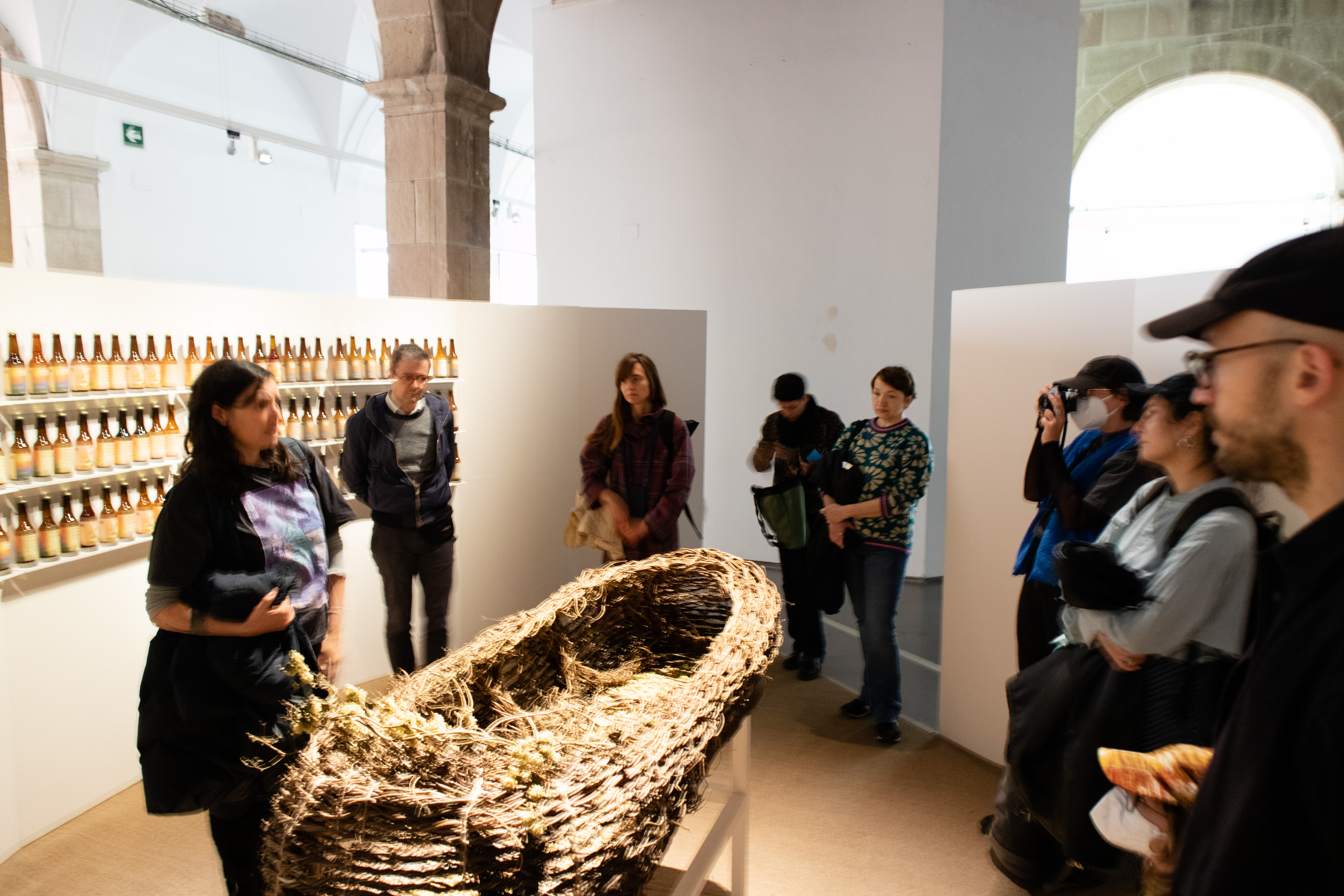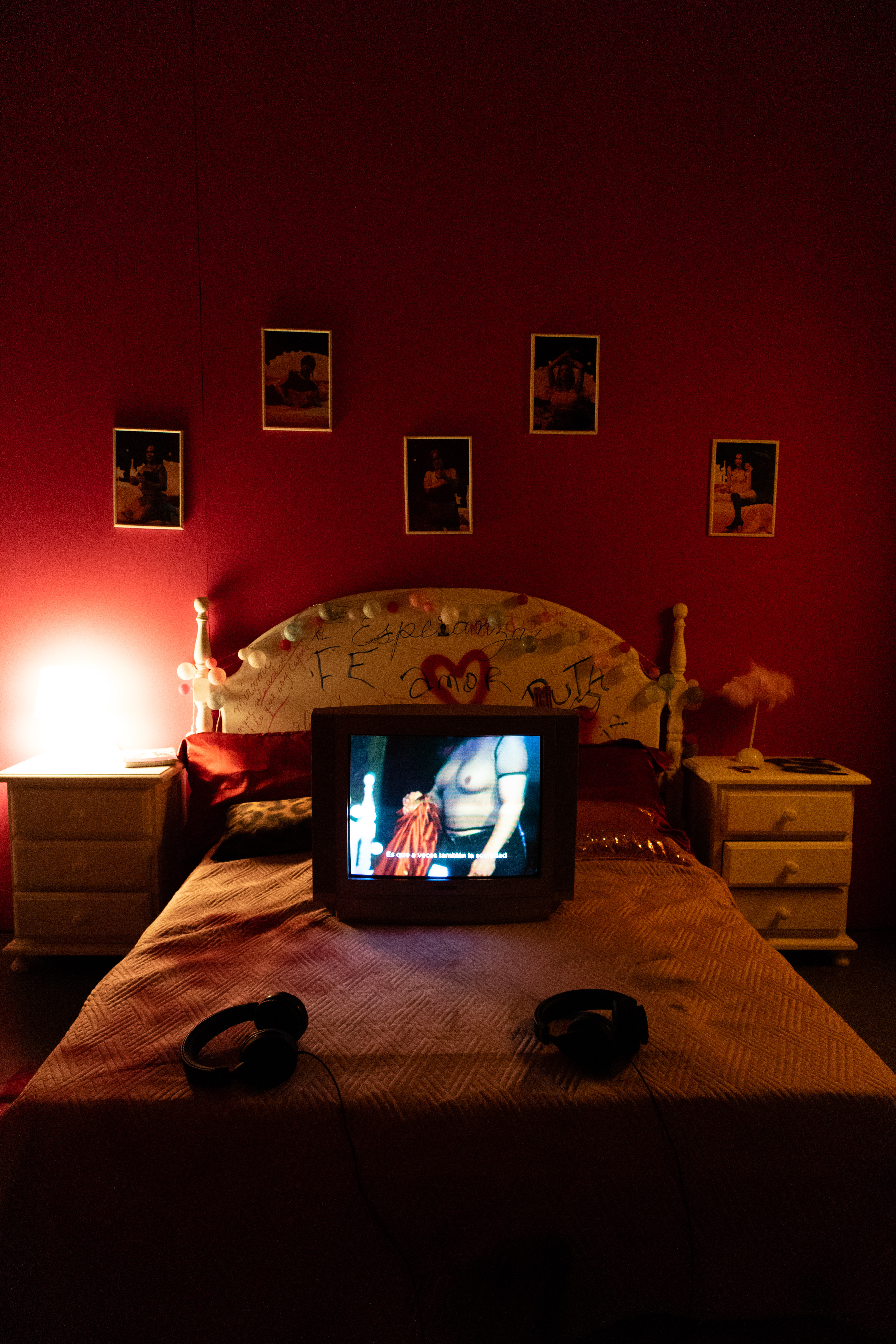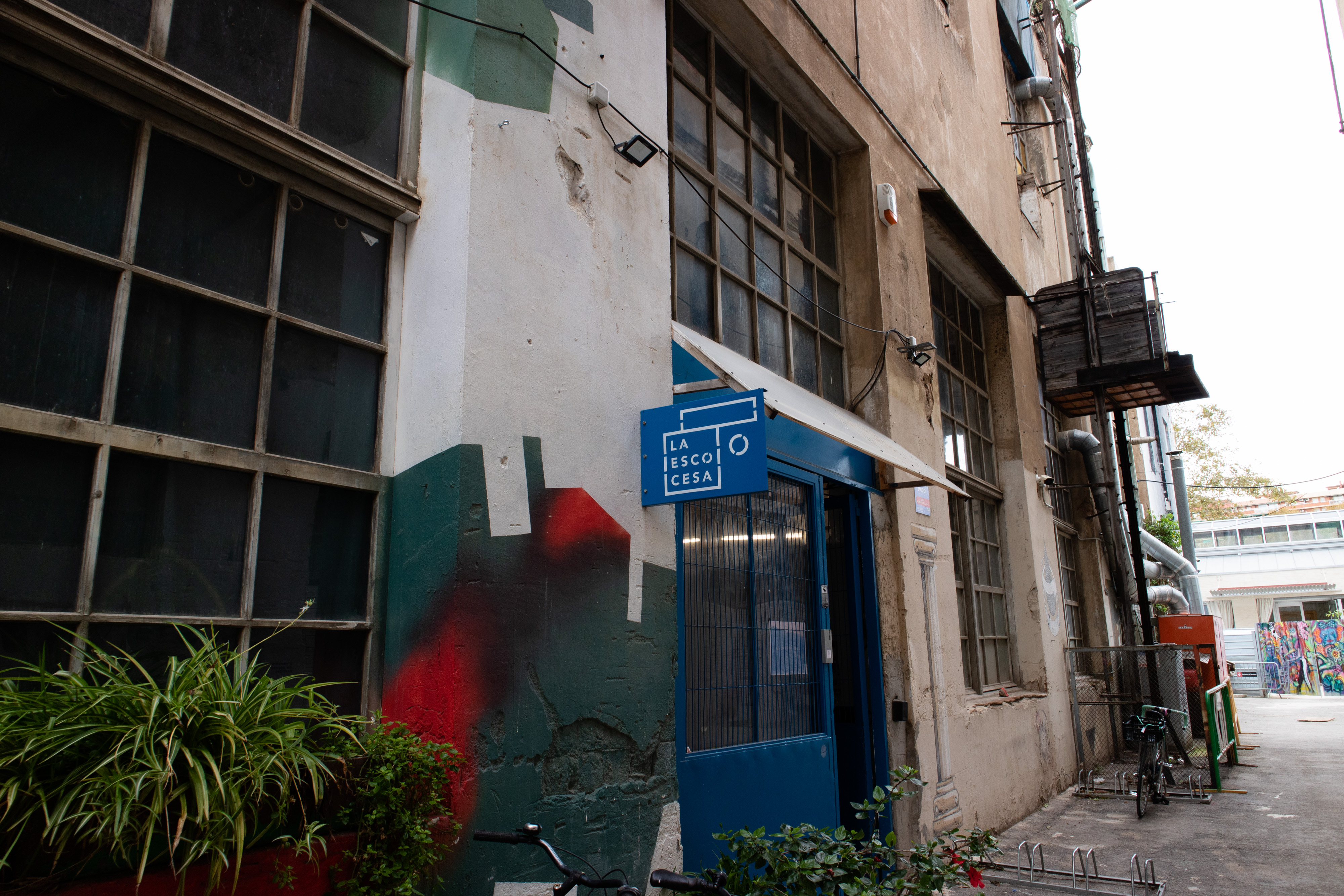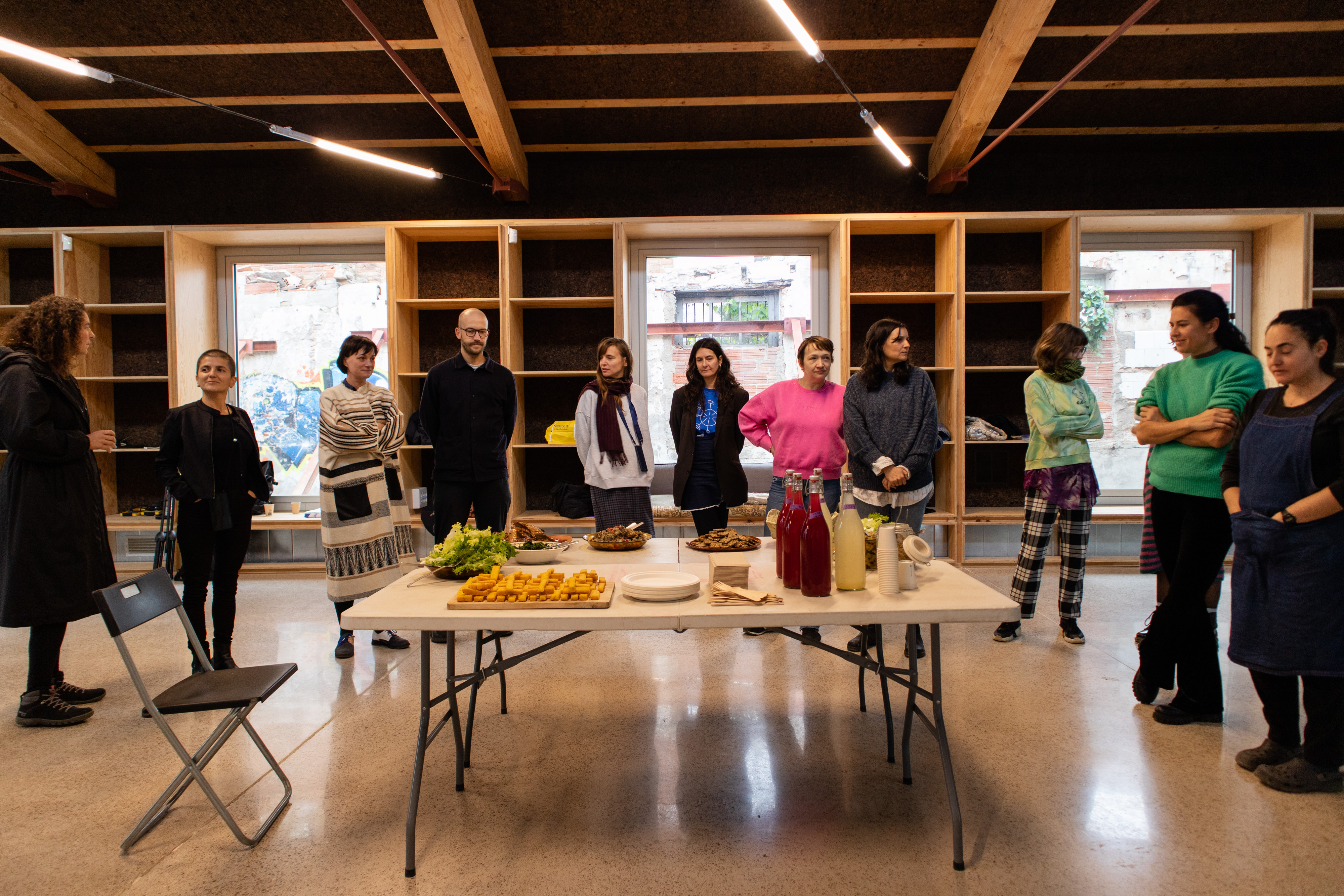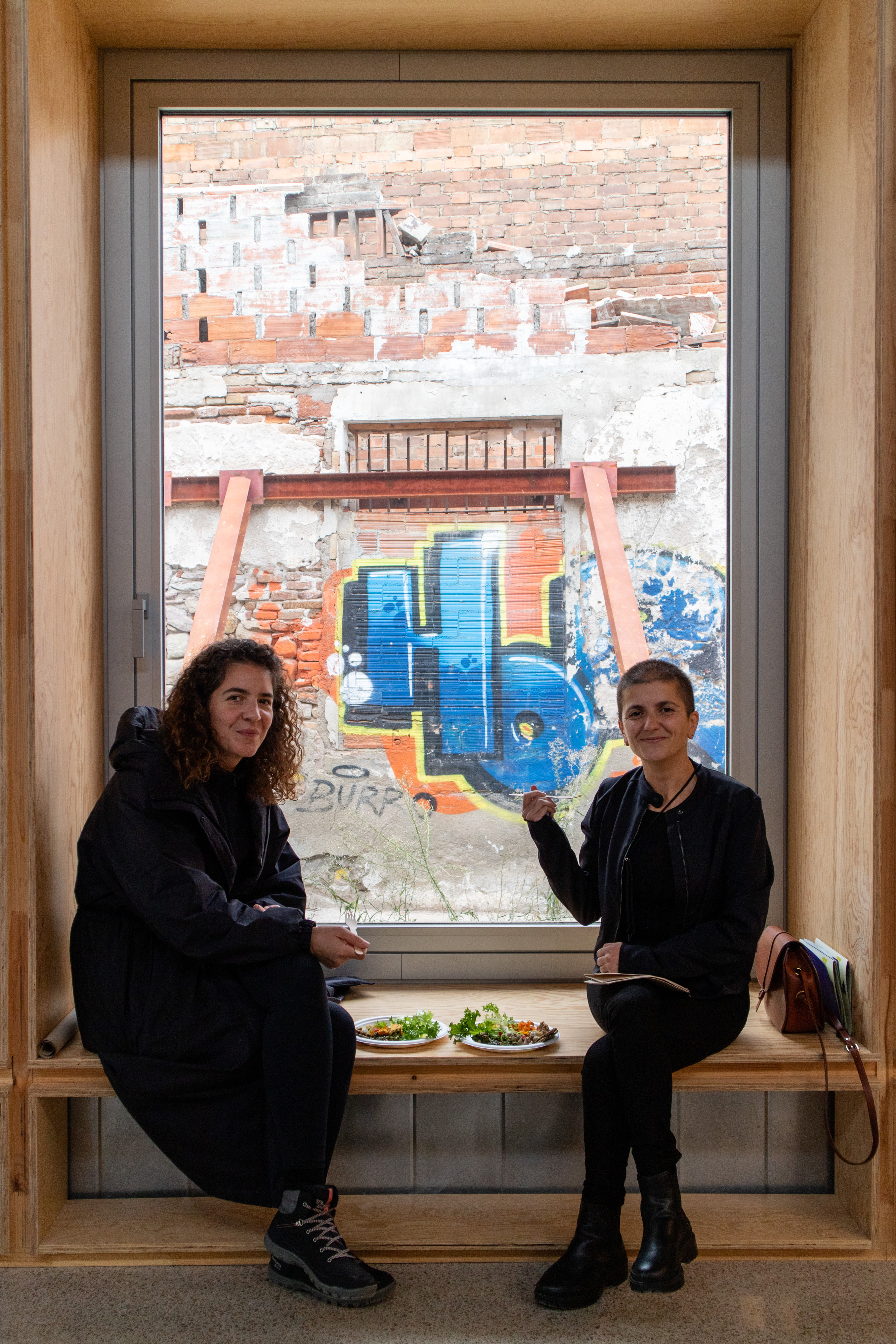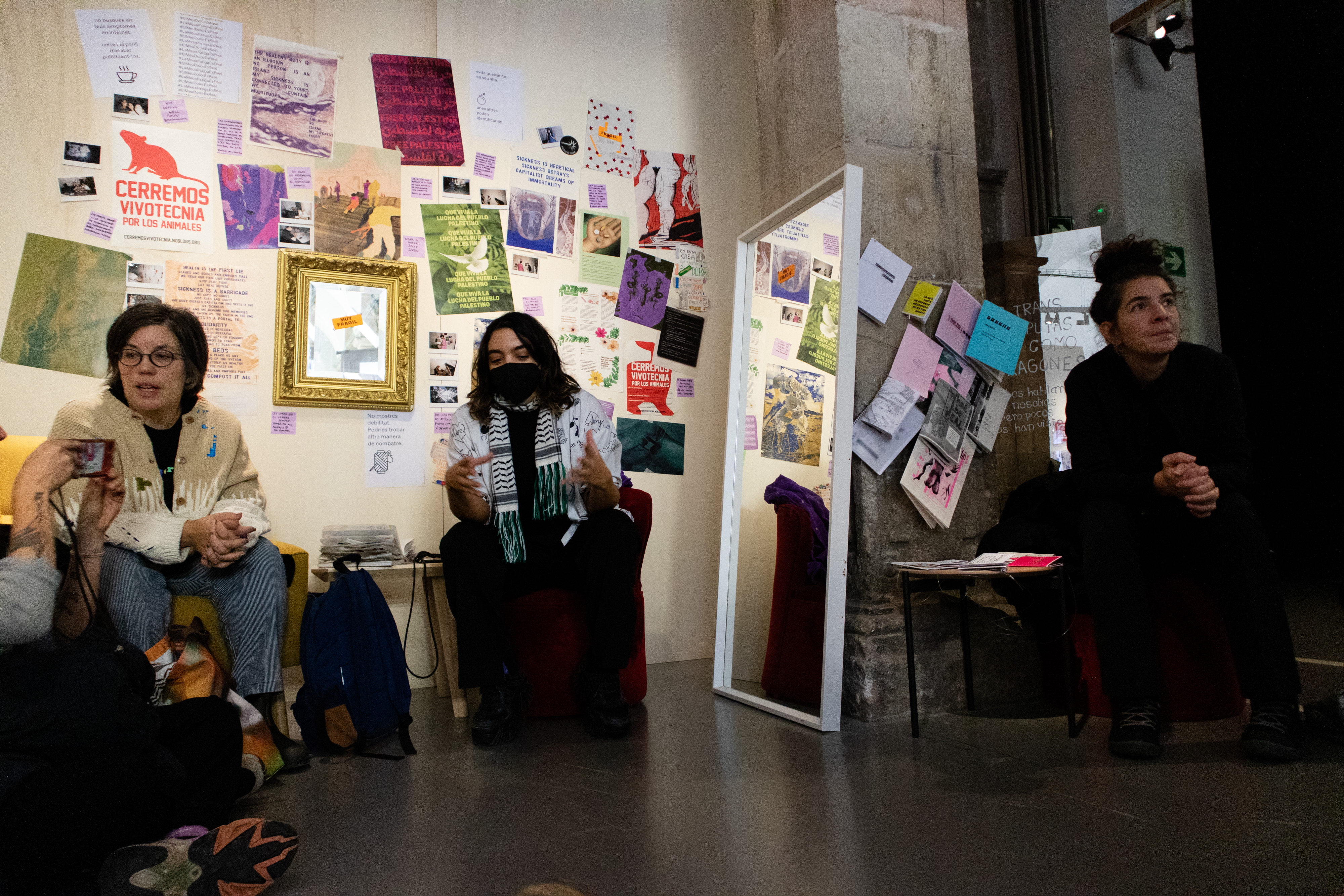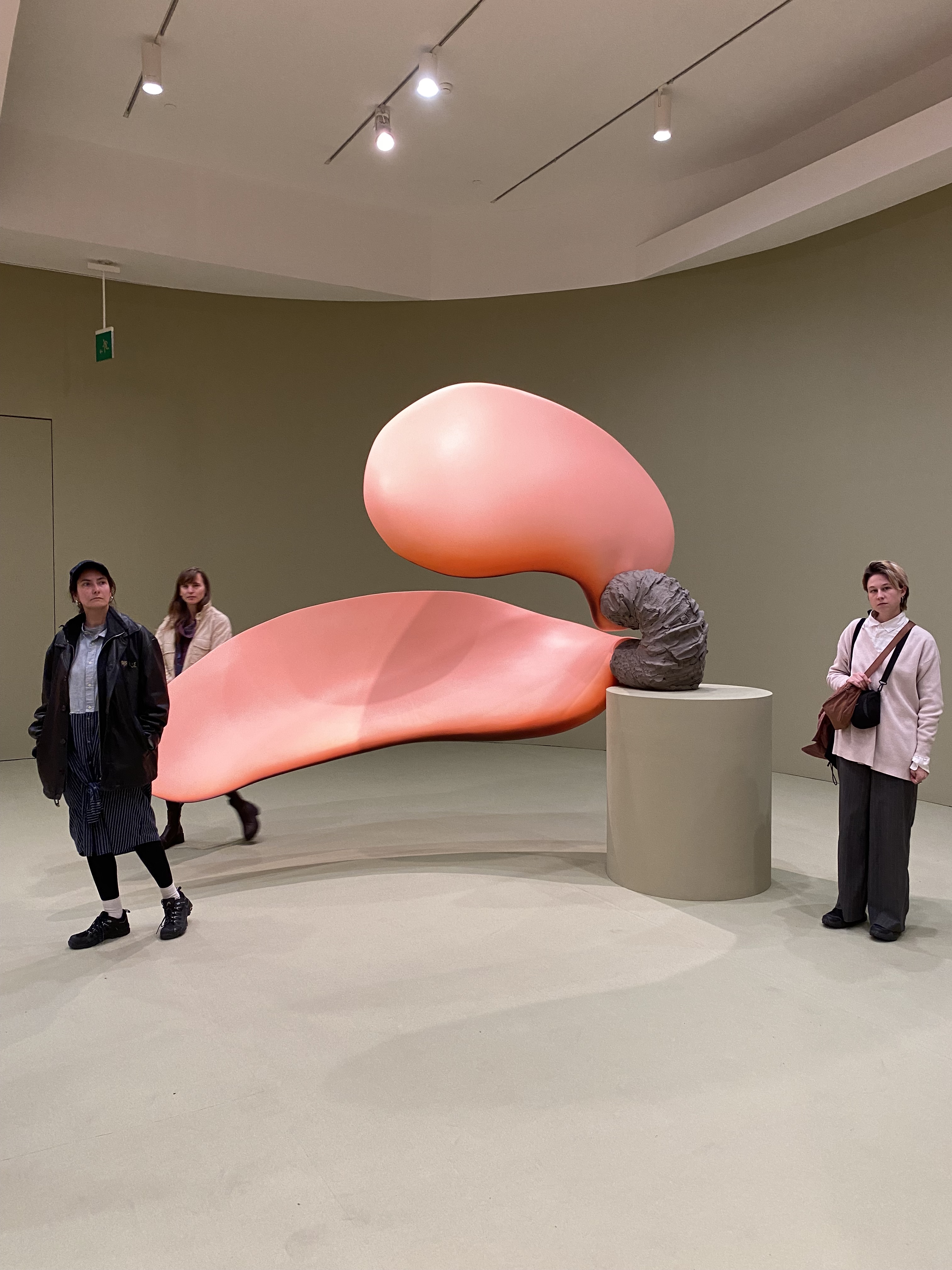Decentralized art as a weapon against overtourism?
The tranzit team made a research trip to Barcelona
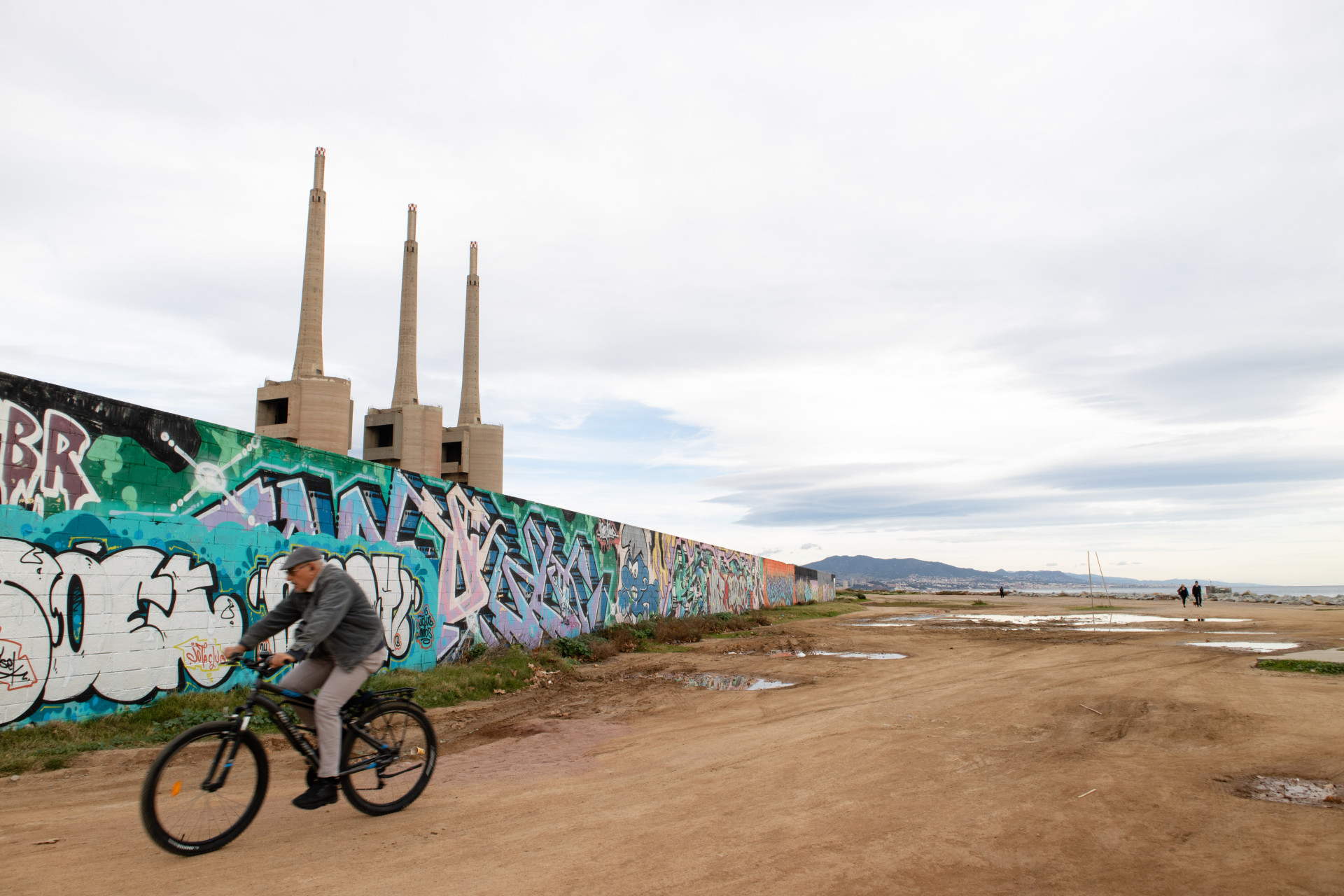
In the last week of November 2024, the tranzit.cz team went to Barcelona, where the fifteenth edition of the nomadic art festival Manifesta was taking place. It also visited the partner institution La Escocesa and other contemporary art institutions.
Manifesta 15 took place in twelve cities in the metropolitan region of Barcelona. Ideologically, the exhibitions were divided into three clusters: Balancing Conflicts, Cure and Care, and Imagining Futures. The curatorial intention of Manifesta was to divert attention away from the city center, which is already overloaded with tourism, and to send visitors to the more remote parts of the city and beyond, where Barcelona dissolves into smaller municipalities. On November 23, twenty-two thousand people took to the streets of Barcelona to protest against the negative impacts of tourism and short-term rentals on housing affordability.
The tranzit team visited the headquarters of Manifesta 15 at the venue Gustavo Gili, which housed three large archival exhibitions, and participated in a guided tour. The most monumental venue, mainly focused on large-scale intermedia installations dedicated to ecological issues within the Imagining Futures cluster, was The Three Chimneys, located on the Barcelona coast near the mouth of the Besòs River. The site is a former thermal power plant and a very distinctive architectural symbol of the industrial past, dubbed the Sagrada Familia of the workers. The Three Chimneys are open to the public for the first time since their closure in 2011 and are now even wheelchair accessible, thanks to the construction of an external elevator.
During the last week of the festival, the Manifesta team provided organized transport for cultural professionals to facilitate visits to more remote locations, particularly from the Cure and Care cluster. The transit team took advantage of the offer and visited the Sant Cugat Monastery as well as the village of Granollers, where there were four festival locations: La Porxada in the main square with a sound installation under the roof of the marketplace, an outdoor video installation at the Can Jonch Cultural Centre for Peace, an intervention at the Natural History Museum, and an exhibition at the Roca Umbert Fàbrica de les Arts. In the Balancing Conflicts cluster, the team visited the industrial hall La Caldereria, where they met with the creative mediator of Manifesta 15, Filipa Oliveira. The last municipality the team visited was L’Hospitalet de Llobregat, which hosted an installation at the historical textile factory Can Trinxet.
In the individual towns, the emphasis was on working with local communities and on their communication and connectivity with other venues. The aim of Manifesta 15 was to, as stated in the official guide, “reshape the relations between art, culture and society by investigating and catalysing socio-ecological change..” Here, the curatorial position was significantly downplayed and rebranded as “creative mediation.” In the end, the only common ground between the various exhibition venues seemed to be the fragmentation and eclecticism that overwhelmed the curatorial concept of the three clusters. Art became a bit of a sideline, the seemingly incidental content of the mediation practices.
tranzit also visited the exhibition Després del vendaval: Re-inhabiting the cracks through collective action at the Centre d’Arts Santa Mònica in the very center of Barcelona on the street La Rambla. This exhibition opposed Manifesta 15 and questioned its ability to mediate and catalyze social change. It presented works by art collectives as well as groups organizing outside the arts, dealing with themes of ecology, sex worker rights, the accessibility of art and culture, and queer rights. At this institutionally critical exhibition, the team met with artist Clara Piazuelo of the DU-DA collective, whose work explored the ecological impacts of death and the funeral industry, and Sílvia M. Limiñana, a member of the Agitació Diska collective, whose installation of the everyday objects of crip people highlighted ableist structures in art and culture. The team also went to the opening of Teresa Solar Abboud's installation Bird Machine Dream at the MACBA, and the screening of Palestinian films as part of the festival L'Alternativa in the CCCB.
Last but not least, tranzit met with the partners of the Art Space Unlimited project, which include Barcelona’s La Escocesa, an artist-run contemporary visual arts organization and residential space in a former textile factory. The meeting at La Escocesa included a performance by the collective Comeplantas.
The mobility was funded by the European Union – NextGenerationEU.
